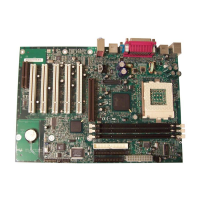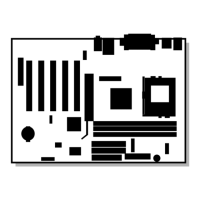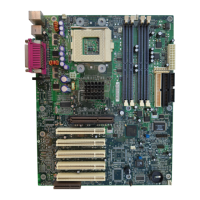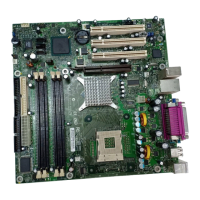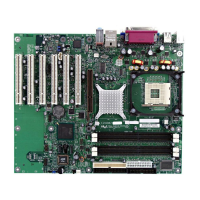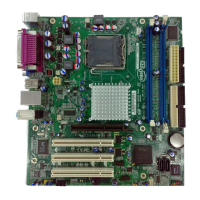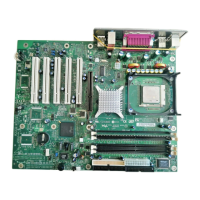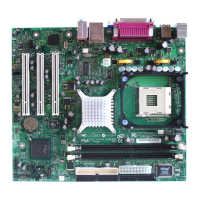Product Description
39
1.13 Power Management
Power management is implemented at several levels, including:
• Software support:
Advanced Power Management (APM)
Advanced Configuration and Power Interface (ACPI)
• Hardware support:
Power connector
Fan connectors
Wake on LAN technology
Instantly Available technology
Resume on Ring
Wake from USB
Wake on Keyboard
Wake on PME#
1.13.1 Software Support
The software support for power management includes:
• APM
• ACPI
If the D815EEA board is used with an ACPI-aware operating system, the BIOS can provide ACPI
support. Otherwise, it defaults to APM support.
1.13.1.1 APM
APM makes it possible for the computer to enter an energy-saving standby mode. The standby
mode can be initiated in the following ways:
• Time-out period specified in the BIOS Setup program
• From the operating system, such as the Standby menu item in Windows 98
In standby mode, the D815EEA board can reduce power consumption by spinning down hard
drives, and reducing power to, or turning off of, VESA
†
DPMS-compliant monitors. Power
management mode can be enabled or disabled in the BIOS Setup program.
While in standby mode, the system retains the ability to respond to external interrupts and service
requests, such as incoming faxes or network messages. Any keyboard or mouse activity brings the
system out of standby mode and immediately restores power to the monitor.
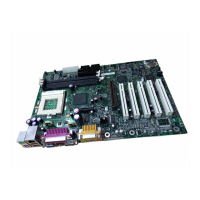
